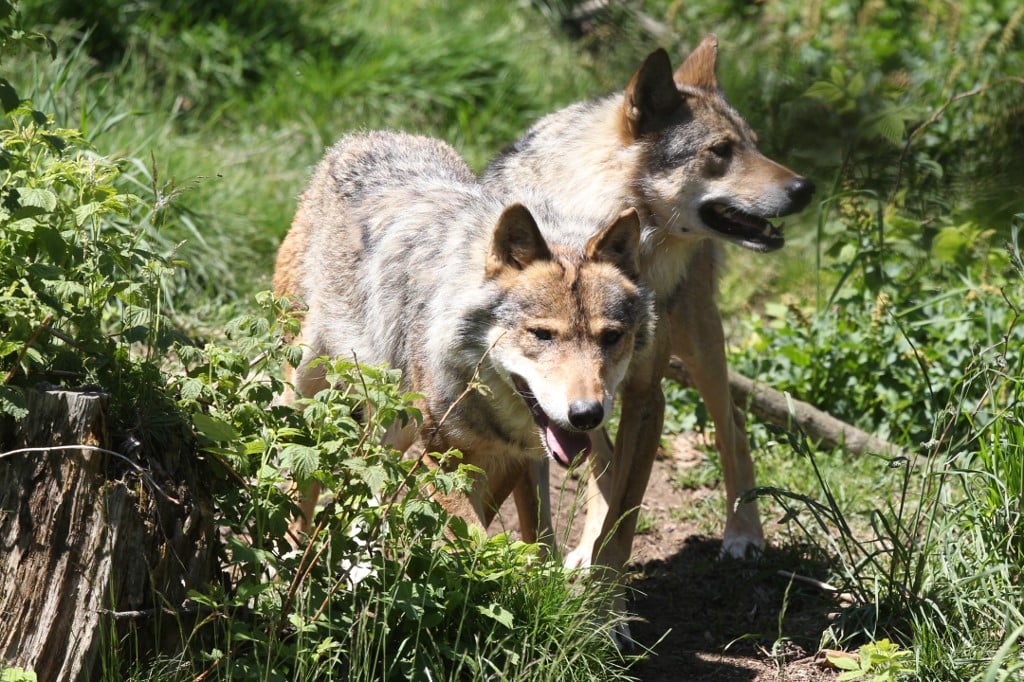Hanna Diitrich Söderman, one of the county board’s two predator administrators, confirmed, after an investigation, that it was two wolves that attacked and killed a dog, reported news agency TT.
“We found parts of the dog a few hundred meters away from where the attack took place,” she told TT.
When the women saw the wolves she began to scream and flail her arms. “She behaved exactly right,” said Söderman.
“I admire what she did.”
The women and the child were not physically injured.
“Now we are carrying out surveillance and we’ll try to track as long as we can, so that we don’t miss any details,” said Söderman.
According to the County Administration Board, there are two adult wolves who live between Norrtälje and Åkesberga, and a year ago four puppies were born in the territory.
Olof Liberg, predator researcher and Coordinator of the Scandinavian wolf project, says the wolves attacked the dog to defend their territory.
“This isn’t unusual,” he told TT.
“We have had a few of these cases. Wolves honor their territory very strongly,” he said.
Liberg said that the wolves perceive the dog as kin and when one comes into their territory they become so focused that they barely notice humans.
It is like they get blinders, he said. “Wolves hate other wolves who pass into their territory. If they can, they’ll try to kill them or chase them away.”
He said the woman acted right when she began to holler and wave her hands to scare away the wolves.
“They don’t attack people, they barely even saw her,” he said.
He says there is little risk that wolves will attack people. “We haven’t had one incident in Scandinavia where wolves acted aggressively against humans” he said.
Over the past few years, between 40 and 70 dogs per year have been attacked by large predators in Sweden, according to the Predator Center (Rovdjurscentret De 5 Stora). In half of the cases the dogs have died.
Last year, 38 dogs were attacked by large predators, wolves accounting for 21 of the attacks.



 Please whitelist us to continue reading.
Please whitelist us to continue reading.
Member comments